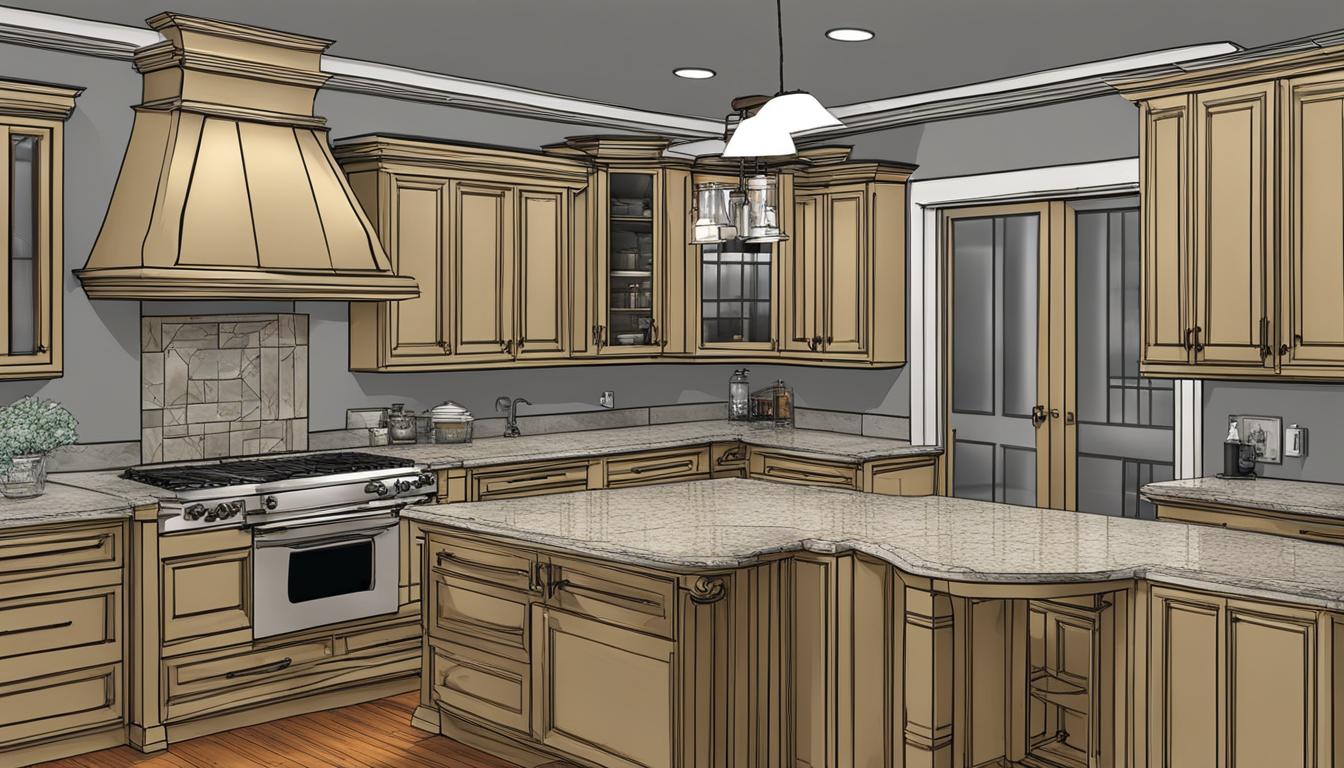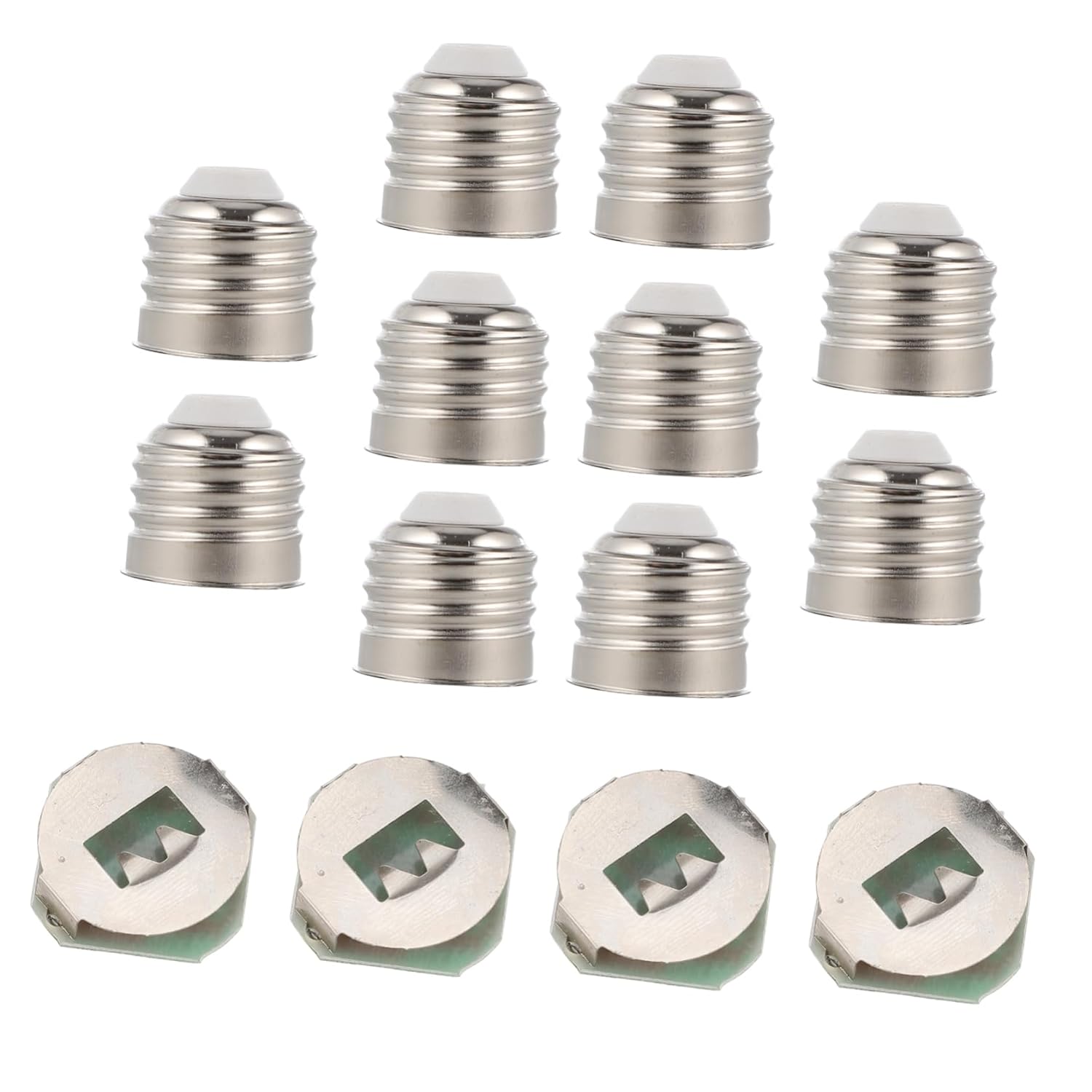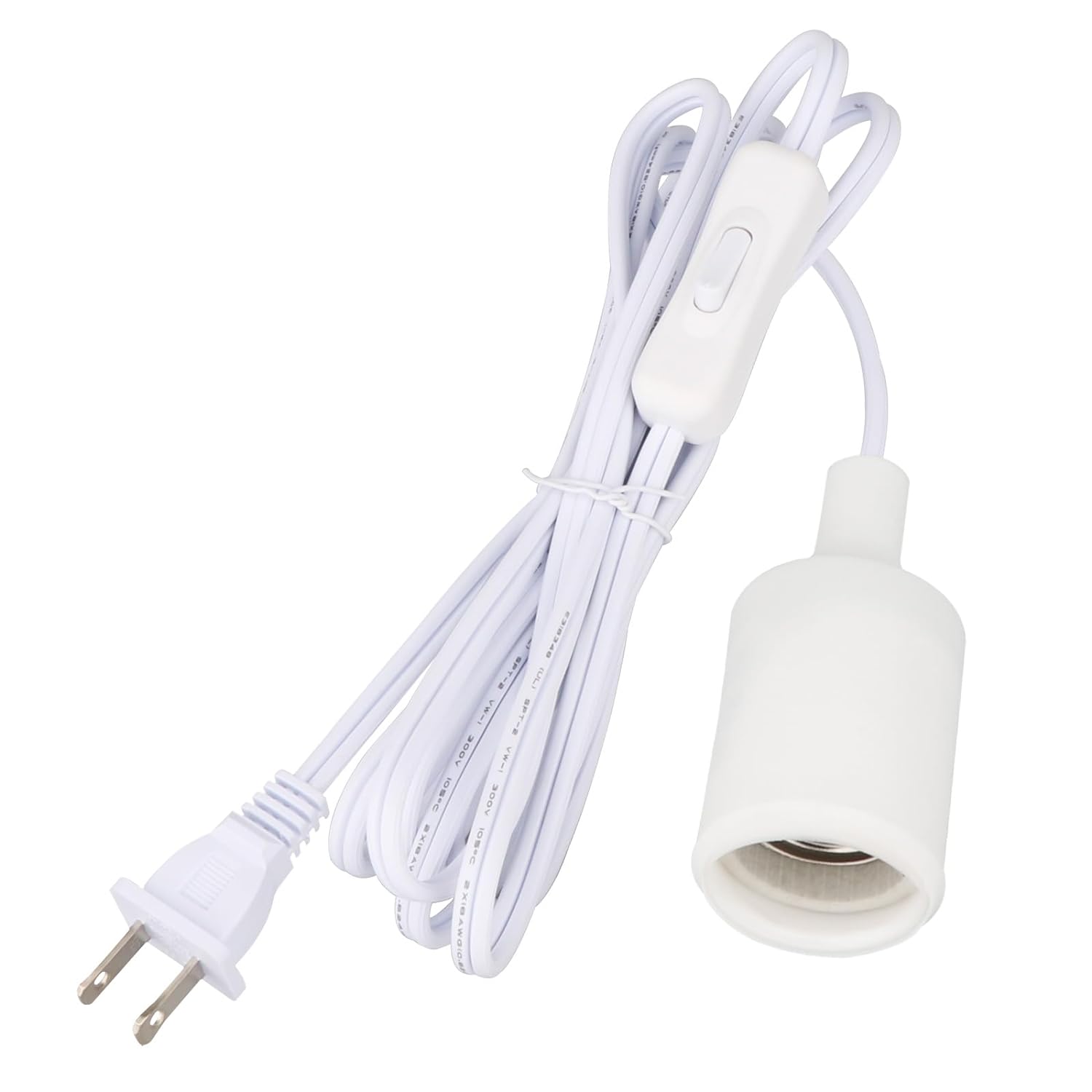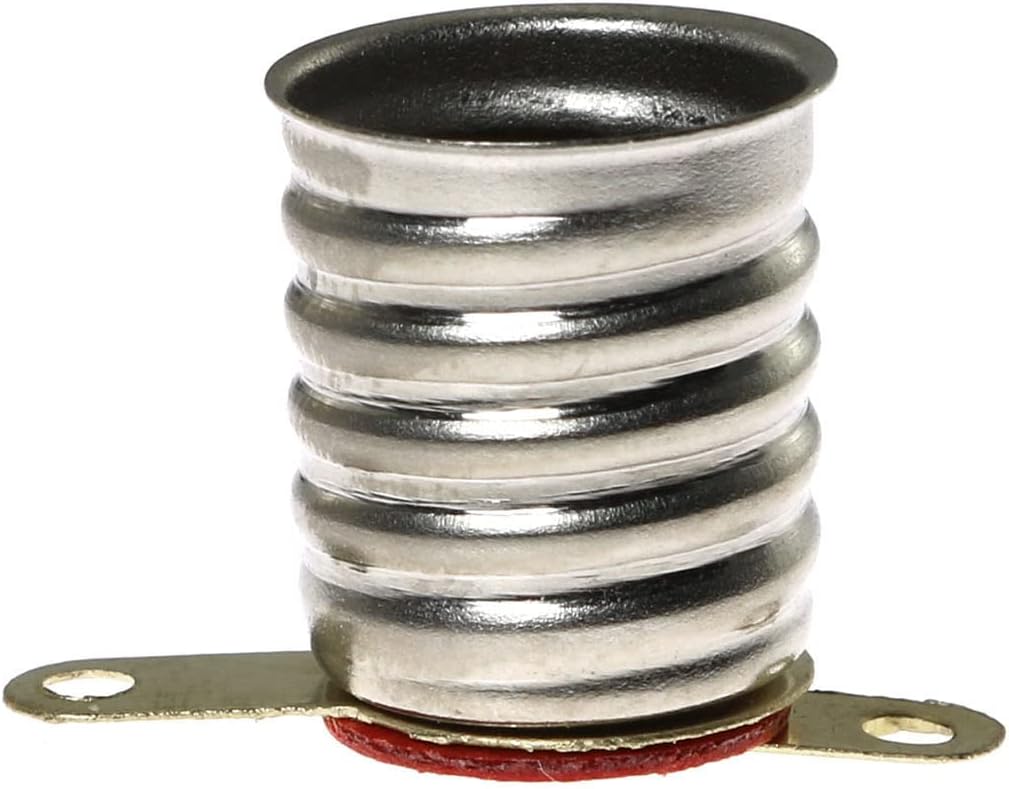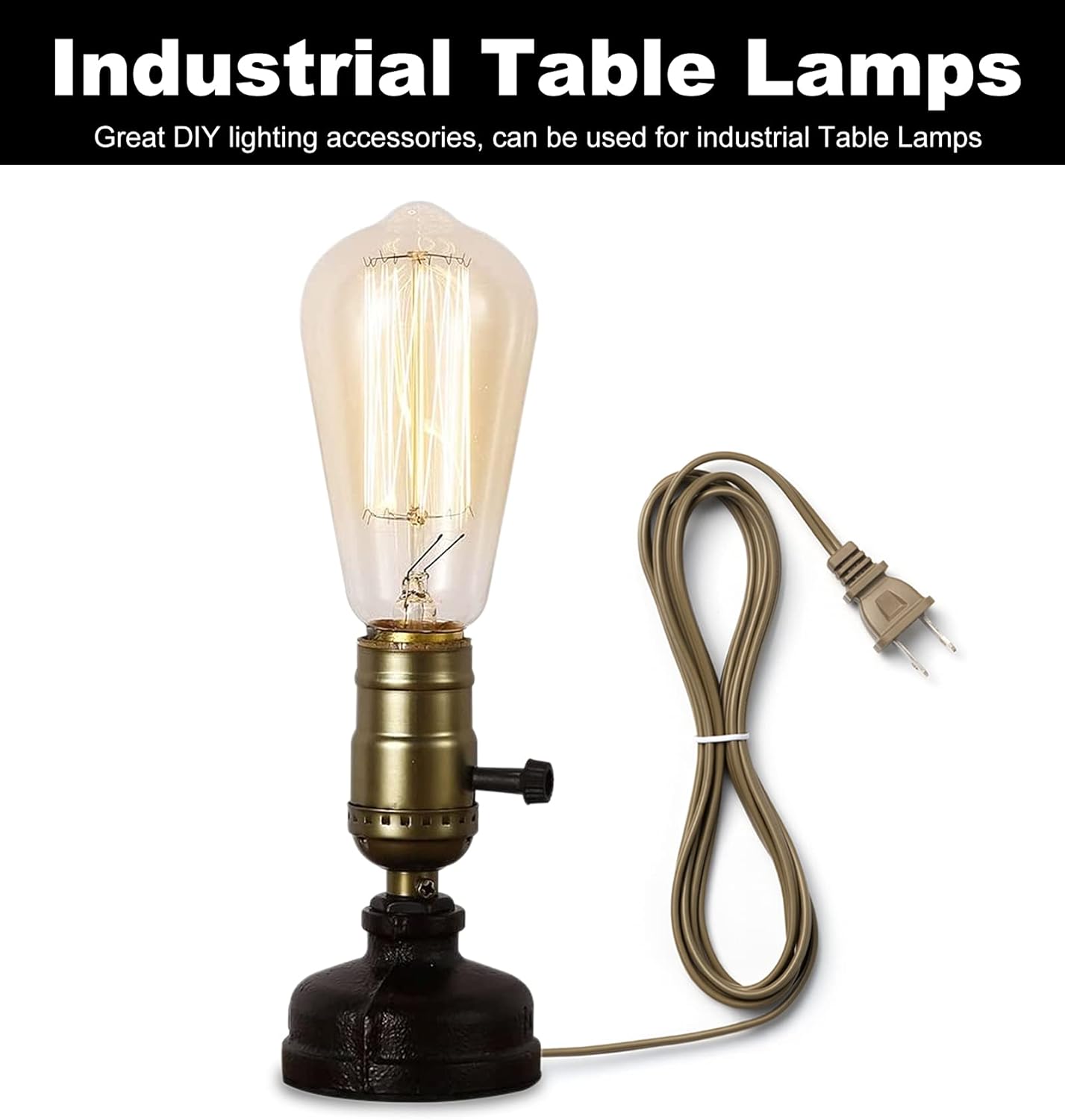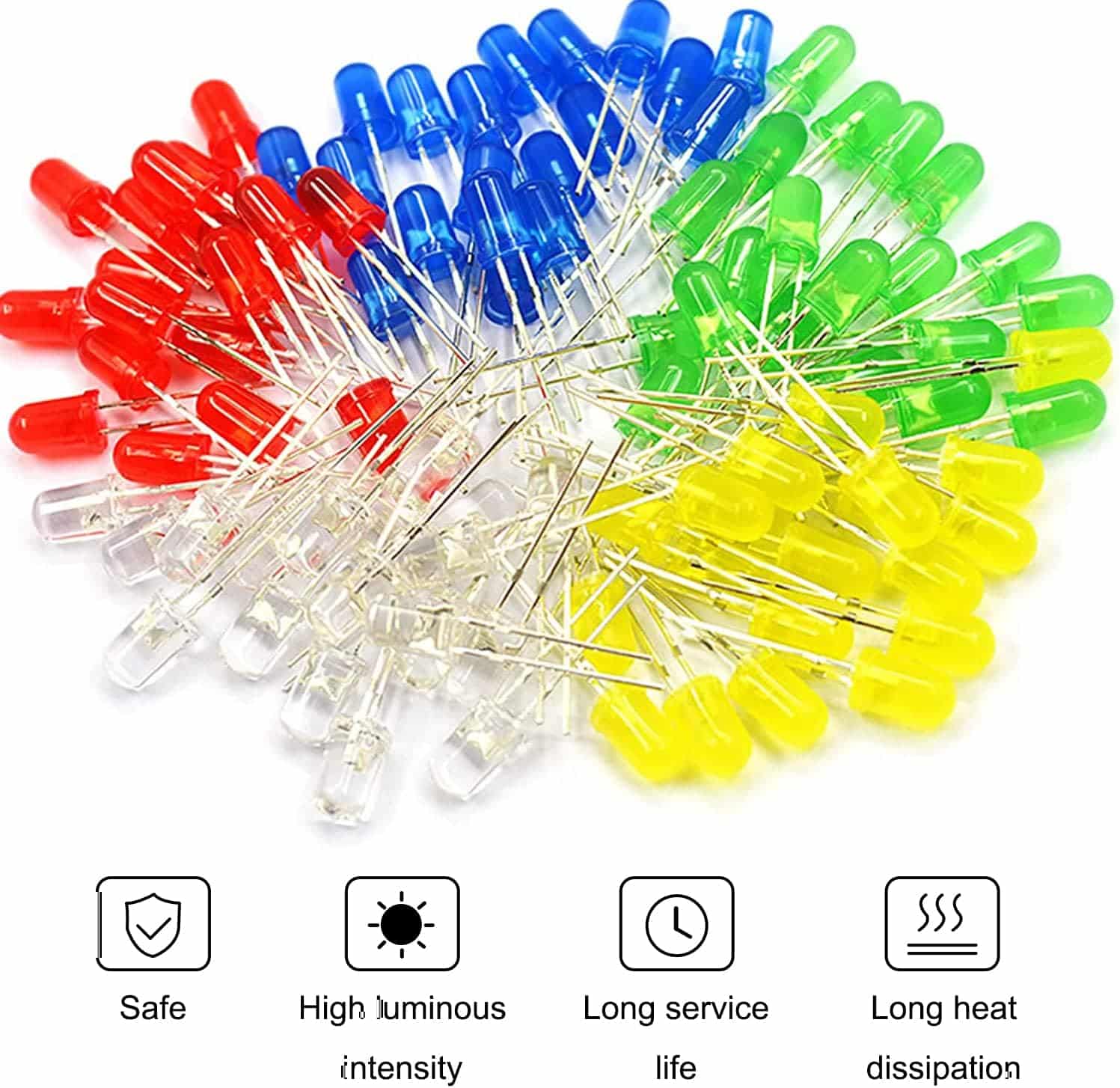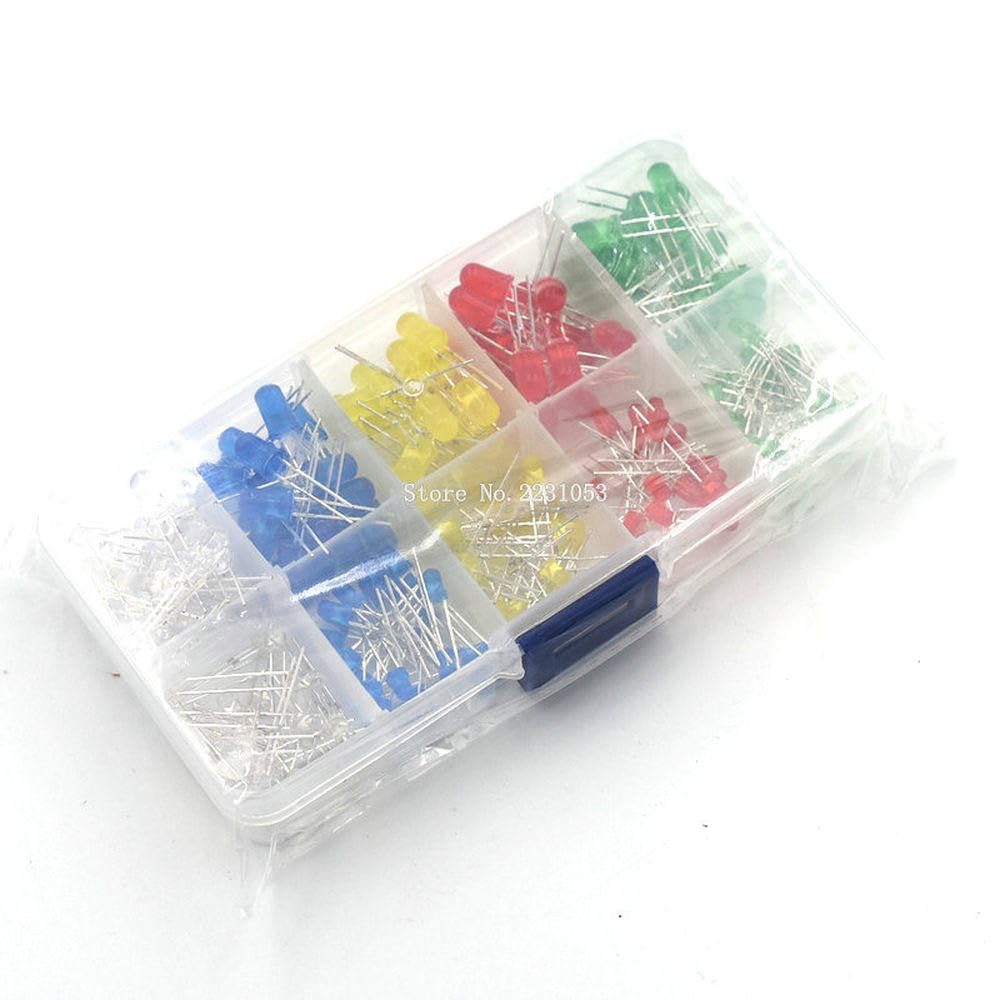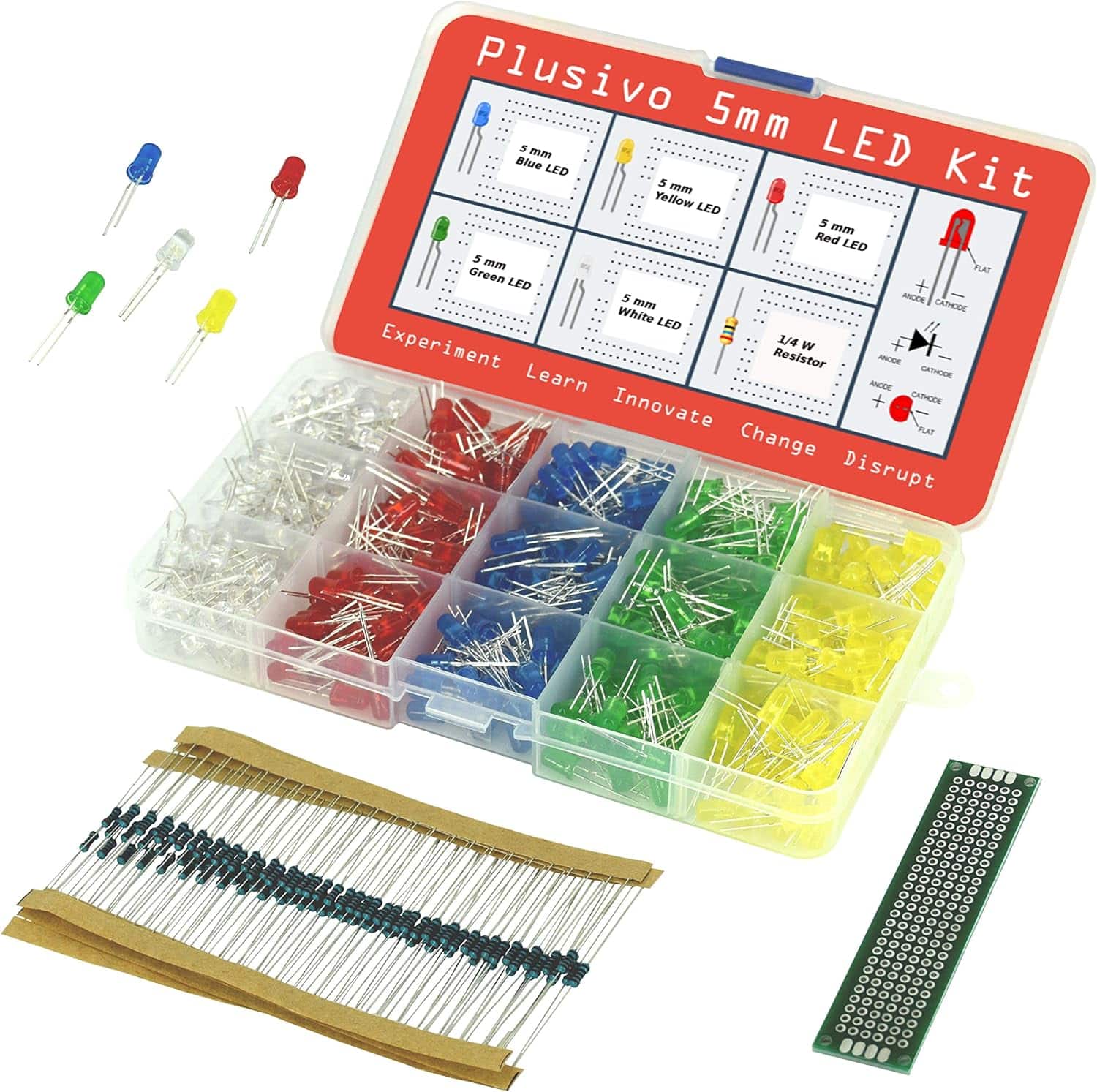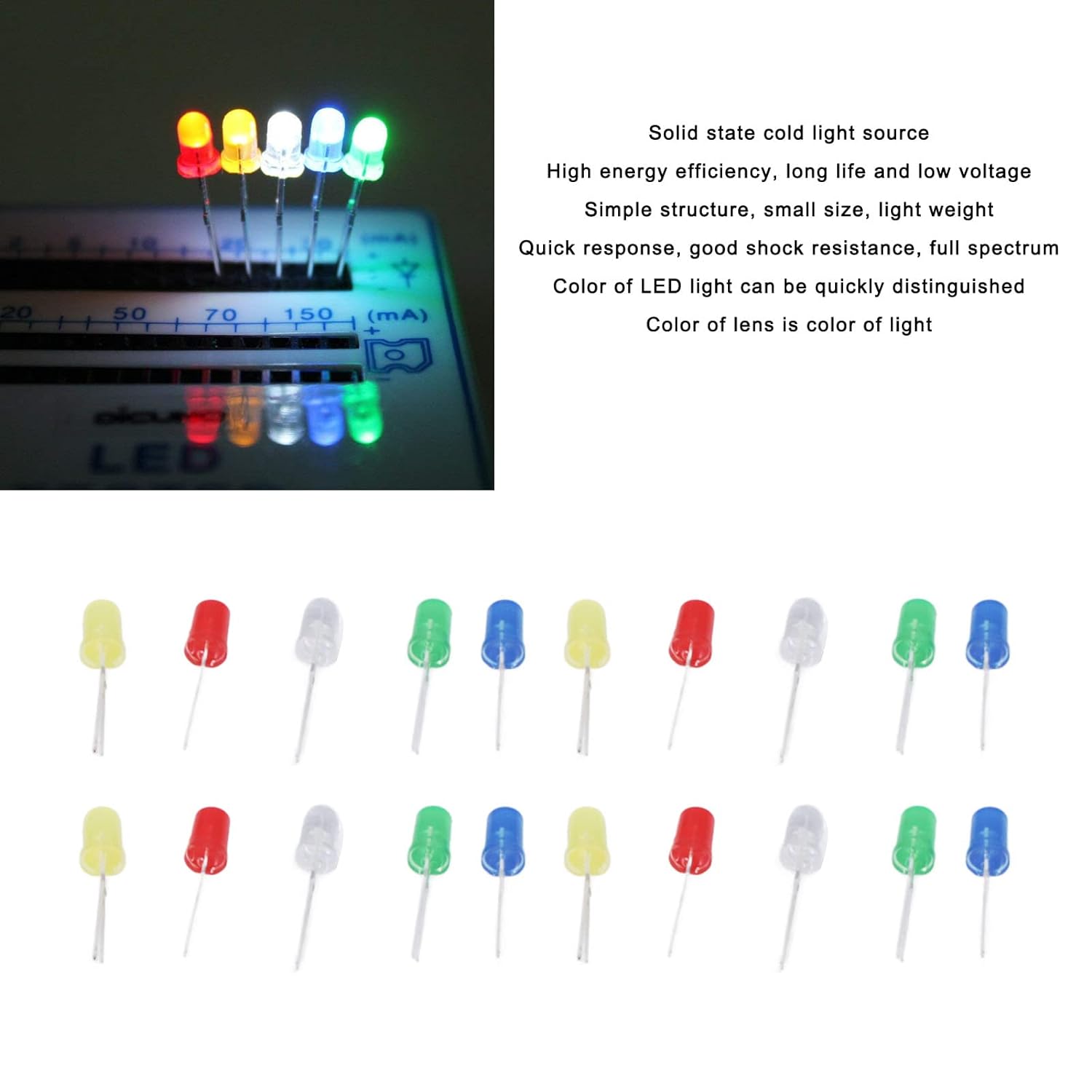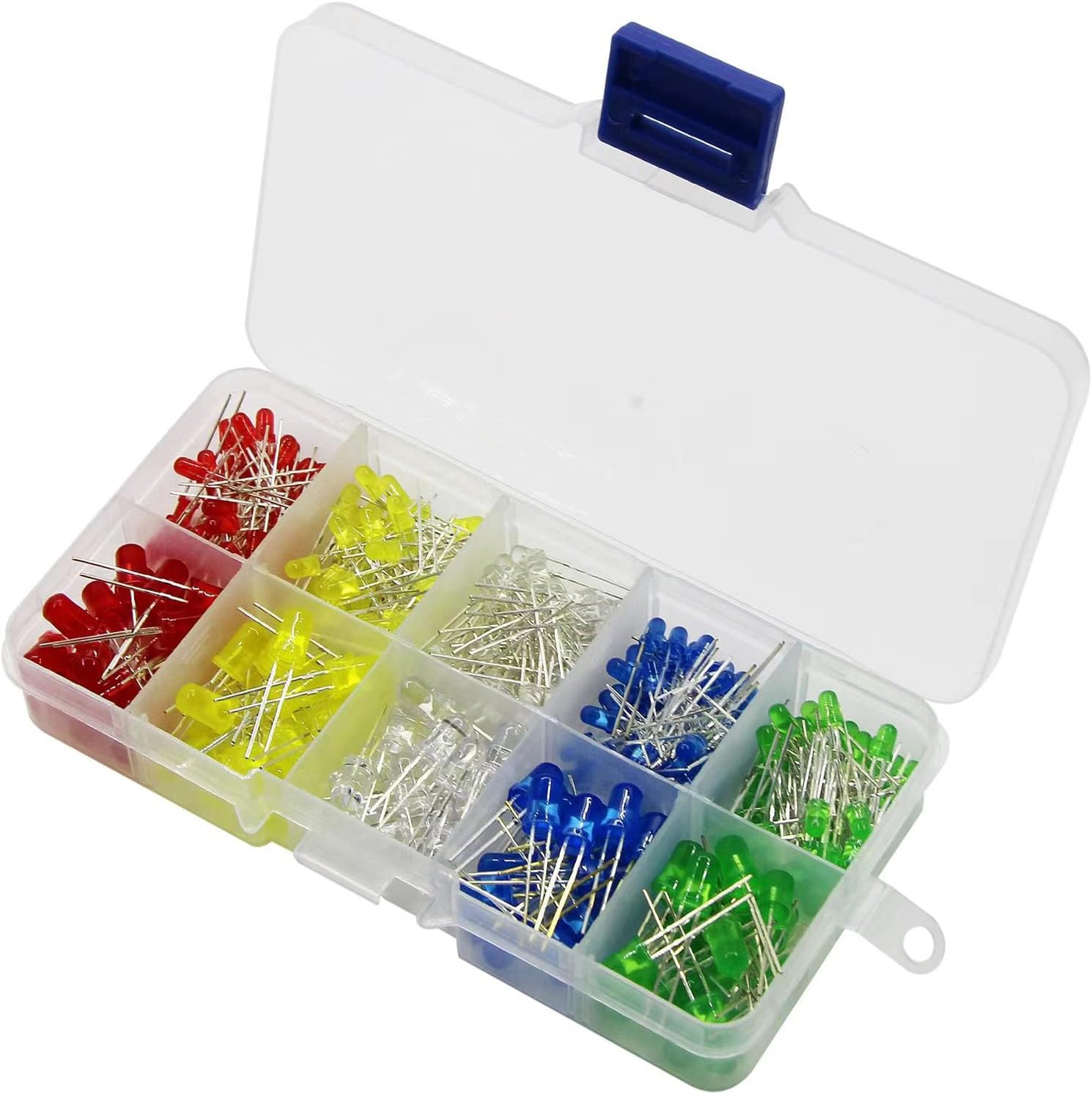Under cabinet lighting is the perfect solution to brighten up your kitchen and enhance the workspace’s functionality. In this step-by-step guide, I’ll walk you through how to wire under cabinet lighting diagram and help you create a visually appealing, efficient kitchen space. With my under cabinet lighting installation guide, you’ll transform your kitchen into a well-lit haven where you can showcase your culinary skills and enjoy an improved ambiance. So, let’s jump right in!
Key Takeaways
- Understanding the basics and benefits of LED lighting for cabinets
- Selecting the right tools and materials for wiring under cabinet lights
- Assessing your kitchen layout for optimal light placement
- Evaluating power sources and determining the right power supply
- Deciding between plug-in vs. hardwired under cabinet lighting
- Wiring under cabinet lighting with switches and dimming capabilities
- Maintaining safety and compliance with building codes during installation
Understanding the Basics of Under Cabinet Lighting
Installing under cabinet lighting in your kitchen can greatly enhance both the aesthetics and functionality of the space. To make the most of this project, it’s essential to understand the basics of under cabinet lighting, including choosing the right type of lights and the benefits of LED lighting for cabinets.
Choosing the Right Type of Lights
When it comes to choosing under cabinet lighting, one popular option is the modular LED Linear Bar, which offers easy plug-in installations suitable for DIY enthusiasts. These bars allow for varied lengths and easy connectivity, making them ideal for creating a customized lighting setup. However, the design may be limited, and cords may be visible with this option.
Another choice worth considering is LED strip lights, which are flexible and can be cut to size for a perfect fit. They offer a sleeker appearance, and when paired with adhesive backing or mounting channels, they can be easily installed under your cabinets.
Consider your kitchen’s design, layout, and your DIY abilities when selecting the right type of under cabinet lighting.
Benefits of LED Lighting for Cabinets
LED cabinet lighting options have seen a surge in popularity due to their numerous benefits over traditional lighting solutions. Some of the key advantages include:
- Energy efficiency: LED lights require less power, offering a more energy-efficient cabinet lighting solution that reduces energy consumption and lowers electricity bills.
- Durability: LED lights last much longer than traditional incandescents or halogens, reducing the need for frequent replacements and maintenance.
- Bright, even lighting: LEDs produce a bright, white light that easily illuminates kitchen workspaces, providing better visibility and improved cooking conditions.
- Dimming capabilities: Many LED fixtures are compatible with dimmer switches, allowing you to create ambient lighting or a night light setting when needed.
Understanding these factors will help you in making informed decisions and ultimately lead to a more successful under cabinet lighting installation. Following under cabinet lighting wiring tips and choosing suitable fixtures will ensure your kitchen is both practical and visually appealing, thanks to the addition of LED lighting.
Tools and Materials Needed for Wiring Under Cabinet Lights
For a successful under cabinet lighting installation, it is essential to use the right tools and materials. This will help ensure a smooth process and mitigate the risk of costly errors. In this section, we will discuss the required tools and materials needed for a successful under cabinet lighting electrical wiring project.
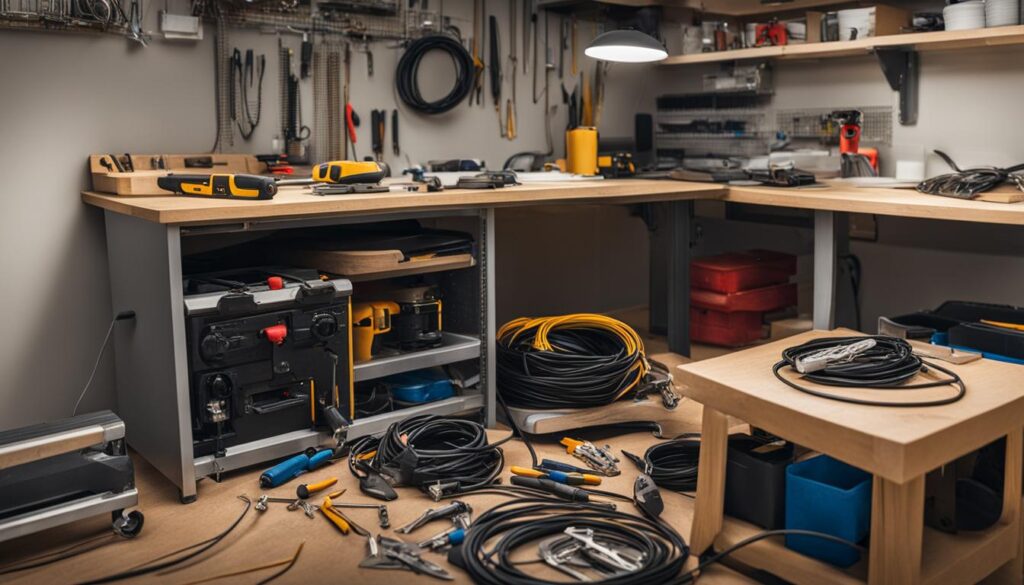
Before starting any electrical project, make sure to turn off the power at the main circuit breaker and test the area to confirm no power is flowing to avoid accidents.
- Tools: The right tools are crucial for any DIY project, including under cabinet lighting installation. Here are the essential tools you’ll need:
- Flat pry bar: for removing molding or baseboards, if necessary.
- Multi-bit screwdriver: an all-in-one tool for various types of screws.
- Drywall saw: for cutting through drywall to create new wiring channels.
- Wire stripper: for removing insulation from electrical cables.
- Lineman’s pliers: for cutting, bending, and connecting electrical cables and wire connectors.
- Drill/driver: for drilling holes in cabinets, walls, and mounting fixtures.
- ½-inch diameter spade bit: for drilling holes in cabinets for wiring.
- Materials: These are the materials required for wiring under cabinet lighting:
- Two-gang old-work electrical box: for housing the electrical connections.
- 12/2 NM electrical cable: a common type of electrical cable for residential wiring.
- Cable connectors: to join and secure electrical cables.
- LED light fixtures: such as linear bars or LED strip lights, depending on your application and preferences.
To ensure a successful under cabinet lighting installation, gather all the necessary tools and materials before starting the project. This will save you time, stress, and potential errors during the process. Additionally, reading and understanding the manufacturer’s instructions for your specific LED light fixtures will contribute to a successful installation.
Assessing Your Kitchen Layout for Under Cabinet Lighting Installation
Before you begin installing under cabinet lighting, it’s essential to assess your kitchen layout and determine the optimal light placement for cabinets. Proper measurement and planning can help you avoid casting undesirable shadows and ensure adequate light coverage on your countertops.
Start by measuring the underside of your upper wall cabinets to determine the total length of LED light fixtures or LED strips required. Then carefully plan the spacing and positioning of these lights to maximize light distribution. Consider the following factors while planning your kitchen layout lighting design:
- Existing electrical outlets: Utilize pre-existing outlets, if possible, to avoid any additional wiring or electrical work. You can also plan for the installation of new outlets, if necessary.
- Spacing between appliances and kitchen fixtures: Ensure adequate space between the lighting fixtures and your appliances to avoid any potential hazards or obstructions.
- Dimensions and profiles of your cabinets: Take note of any projecting edges or gaps that could impact the placement of the lights, and choose spots that hide the fixtures as much as possible.
Measuring and Planning for Optimal Light Placement
Once you have assessed the layout and determined the length and type of lighting needed, it’s time to plan the optimal light placement for the cabinets. Here are some tips to help you achieve the best possible lighting results:
- Begin at one end of the cabinet, placing the first fixture, and then space out the remaining fixtures evenly along the underside of the cabinet.
- Aim to place lights approximately 0.6m (2ft) apart for the best light coverage.
- If using LED strip lights, consider adding mounting channels to conceal the strips and give a more polished appearance.
- Keep wires and connectors hidden as much as possible by drilling holes in the cabinets for routing cables and tucking wires into the recesses or spaces between cabinets.
Remember, effective kitchen layout lighting design is essential to ensure optimal light placement for cabinets and achieve a well-lit and inviting kitchen space.
By carefully assessing your kitchen layout and planning for optimal light placement, you can successfully install under cabinet lighting that effectively eliminates shadows and enhances the overall functionality of your kitchen.
Evaluating Power Sources and Electrical Considerations
When planning your under cabinet lighting installation, it’s essential to evaluate the available power sources and make necessary electrical considerations. This includes taking into account the location of existing outlets and their functionality. By understanding your power options, you can make informed decisions about the best approach to wiring your lighting system.
- Existing Kitchen Outlets
- Electrical Considerations
- New Outlet Installation
Look for outlets that can be potentially used for under cabinet lighting, such as those already installed on your backsplash or within your cabinets. Make sure to consider factors like whether they are switch-controlled, which can give you more control over when your lights turn on and off.
Electrical considerations include voltage requirements, energy efficiency, and the ability to accommodate expansion or upgrades in the future. The simplest route is to use available energy-efficient LED fixtures already designed for under cabinet lighting. This option not only saves you money on energy bills but also aligns with modern sustainability goals.
If there are no accessible outlets in your desired lighting location or if you require additional power sources, consider installing new outlets. Hiring an electrician for this task is highly recommended, especially in areas separated by appliances or other kitchen fixtures.
Keep in mind that each kitchen is unique, and the electrical layout will differ based on your specific design and requirements. Always consult with a licensed electrician if you’re unsure about any aspect of your lighting installation.
If you’re unsure about your existing power sources, don’t hesitate to reach out to a professional electrician for guidance and assistance. They can help determine the most efficient and practical solution for your under cabinet lighting installation.
Considering power sources and electrical requirements will help you ensure that your under cabinet lighting system is functional, efficient, and safe. With careful planning and adherence to the guidelines outlined in this section, you’ll be well on your way to achieving the ideal lighting setup for your kitchen.
Determining the Right Power Supply for Your Under Cabinet Lighting
Finding the right power supply for your under cabinet lighting is essential to ensure the longevity and performance of your LED lights. This involves calculating the total wattage of your lighting system and selecting a power supply with the appropriate capacity. Let’s dive into the process of how to calculate the wattage and choose the right power supply.

Calculating Total Wattage and Power Supply Capacity
To calculate the total wattage of your under cabinet lighting, follow these steps:
- Count the number of each type of light fixture you plan to install.
- Multiply the number of each type of light by their respective wattages.
- Sum up the wattage of all the light fixtures.
- Add 10% to the total wattage to ensure the power supply has room to accommodate the full load of all LED lights with capacity to spare.
For instance, if you have six LED light bars with 4W each, the total wattage would be 24W (6 x 4W). Adding 10% to the total gives you 26.4W. Now that you’ve calculated the total wattage, let’s proceed to choose the right power supply capacity.
| Total Wattage of Lighting | Power Supply Capacity |
|---|---|
| 24W | 30W (minimum) |
| 48W | 60W (minimum) |
| 96W | 120W (minimum) |
Always choose a power supply capacity that is greater than the total wattage of your under cabinet lighting. This will help in minimizing the risk of overloading the power supply and improving its lifespan. In the example above, with a total wattage of 24W, it’s recommended to acquire an at least 30W power supply to handle the power demands of the lighting system.
Pro tip: It’s always best to consult with light manufacturer guidelines or an experienced electrician to select the ideal power supply for your specific under cabinet lighting setup.
Armed with the knowledge of calculating the total wattage and choosing the right power supply capacity for your under cabinet lighting, you can now confidently proceed with the installation process, creating a well-lit and energy-efficient kitchen ambiance.
Deciding Between Plug-In vs. Hardwired Under Cabinet Lighting
When planning your cabinet lighting installation, one key decision to make is whether to opt for plug-in or hardwired cabinet lighting. Both options have their merits, and it’s important to take various factors into consideration to make the best choice for your kitchen. In this section, we will explore the benefits and drawbacks of each.
Plug-in installations are more user-friendly and do not require hardwiring, making them a good choice for DIY installations and single-fixture applications. They leave electrical outlets free but can have design constraints and visible cords.
As the quote suggests, plug-in cabinet lighting has the advantage of being easy to install, often requiring no electrical expertise. This makes it a popular choice for DIY enthusiasts and those with limited experience in electrical work. Plug-in lighting can often be connected to existing outlets and does not rely on permanent electrical connections. However, the trade-off is that the cords can sometimes be visible, detracting from the overall aesthetic of your kitchen.
On the other hand, hardwired cabinet lighting requires professional installation, but it offers a cleaner look since there are no visible cords or outlets. Hardwired installations are also more likely to be compliant with local building codes, which adds value to your home. The installation process, nonetheless, is more involved and can take longer to complete.
| Plug-In Cabinet Lighting | Hardwired Cabinet Lighting |
|---|---|
| Easy installation suitable for DIY | Requires professional installation |
| No permanent electrical connections | Permanent electrical connections |
| Visible cords may affect aesthetics | No visible cords or outlets |
| Potentially less compliant with building codes | More likely to meet local building codes |
Ultimately, the decision between plug-in vs hardwired cabinet lighting will depend on your personal preferences and the specifics of your kitchen layout. Take the time to carefully evaluate your options and consult with a professional if you’re unsure about the best approach for your home.
How to Wire Under Cabinet Lighting with Switches
Wiring under cabinet lighting with switches adds a level of convenience and control to your kitchen’s ambiance. It allows you to easily turn on and off your cabinet lights individually or as a group. You can also introduce dimming capabilities for adjustable light levels, creating the perfect illumination for various tasks or moods. To achieve this, you need to plan carefully and ensure you have all the necessary components and tools before starting your project.

Integrating Dimming Capabilities into Your Lighting Plan
Integrating dimming capabilities into your under cabinet lighting installation can create a versatile and dynamic lighting environment. To get started, you will need to install dimmer switches between the 120V power lead and the dimmable driver. Begin by considering the following factors:
- Electrical box placements: Determine the optimal location for your electrical boxes to house your switches and dimmable drivers.
- Cable lengths: Measure the distances between electrical boxes, switches, and under cabinet lights to ensure you have enough cable.
- Switch locations: Decide on the most convenient and accessible placement for your switches, bearing in mind how they will be used.
The key to a successful dimming cabinet lighting installation is careful planning and execution. This will result in an organized and functional setup that enhances your kitchen experience.
Tip: When selecting dimmer switches, make sure they are compatible with your LED lights to avoid flickering or other performance issues. You may need to purchase LED-specific dimmers.
If you’re looking for a sleek, uncluttered appearance, consider using wireless dimmer switches. They can be mounted to the wall without the need for additional wiring, offering more flexibility in switch placement.
Additionally, always consult local building codes and hire a professional electrician if you are unsure of any aspect of the installation process.
Step-by-Step Under Cabinet Lighting Diagram and Installation Guide
Installing under cabinet lighting can greatly enhance the ambiance and functionality of your kitchen. To ensure a successful LED light strip installation, follow these step-by-step instructions and make your under cabinet lighting project a breeze.
- Choose the right LED light strips for your under cabinet lighting project. Consider factors such as color temperature, brightness, and length. Planning ahead can result in a better aesthetic outcome and a functional lighting setup.
- Turn off the power at the main electrical panel before starting any electrical work. This is an essential safety measure that should not be overlooked.
- Identify the optimal locations for the LED light strips under the cabinets. Measure the space and ensure that there is enough room for the strip length and any required connectors.
- Carefully measure and cut the LED light strips to fit the specific areas under your cabinets.
- Mount the light strips using mounting channels or adhesive backing. For a cleaner look and easier cable management, consider using mounting channels.
- Drill holes in the cabinets for cable routing if necessary. The holes should be large enough to accommodate the required wires but not too large, as this may compromise the integrity of the cabinet structure.
- Route the cables through the cabinets, ensuring that they are securely fastened and out of sight. Use cable clips or ties as needed to maintain a tidy appearance.
- Connect the LED light strips to the appropriate power supply and dimmer switch (if desired), following the manufacturer’s instructions and ensuring proper polarity.
- Test the function of the LED light strips before reassembling the cabinets. This final check is crucial for catching any issues that may require adjustments or corrections.
By following these steps to wire under cabinet lighting, you can create a visually appealing and functional kitchen space. Always prioritize safety and consult professional help if you are unsure about any aspect of the installation process.
Safety Precautions and Compliance with Building Codes
During your under cabinet lighting installation, taking safety precautions is essential. One critical step is ensuring that power is turned off during the process. You can do this by switching off the main electrical panel which controls the desired outlets. Confirm that no power is flowing to these outlets before proceeding with your installation.
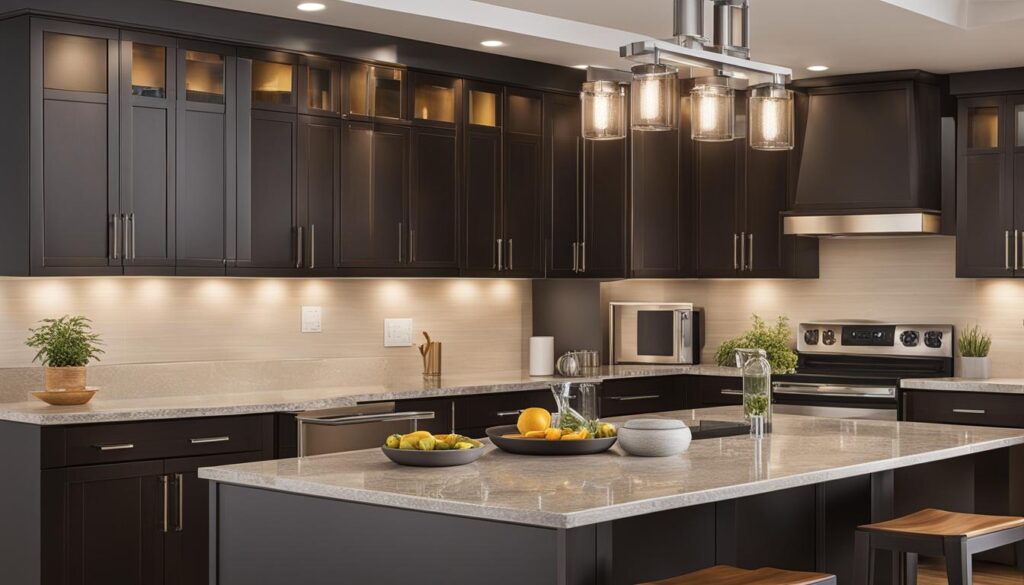
It is also crucial to comply with building codes for electrical wiring. This means adhering to specific regulations laid down by local authorities for the use of Ground Fault Circuit Interrupter (GFCI) outlets, fixtures, and wire connectors. Non-compliance with these codes can lead to safety hazards and penalties.
Research your local building codes and familiarize yourself with the stipulated requirements to ensure a safe and compliant installation.
If you need to retrofit your under cabinet lighting, you might require an old-work electrical box. Make sure to use proper screws and tighten them sufficiently to secure the box to the drywall. This step will ensure that the box remains stable during and after installation.
- Turn off power to the installation area through the main electrical panel.
- Check and confirm that there is no power flowing to the desired outlets.
- Familiarize yourself with your local building codes for electrical wiring.
- Use appropriate hardware, such as old-work electrical boxes when retrofitting.
- Ensure all connections and fixtures are properly secured and in compliance with regulations.
In conclusion, following under cabinet lighting safety precautions and building codes is essential in ensuring both a safe installation and an efficient lighting setup. Take time to understand the guidelines, make necessary adjustments, and consult professionals if needed.
Under Cabinet Lighting Wiring Tips for DIY Enthusiasts
For those interested in DIY under cabinet lighting, using simple systems such as plug-in modular LED Linear Bars can be an excellent starting point. These systems provide flexibility and ease of installation, making them perfect for DIY enthusiasts. In this section, we will share some essential cabinet lighting wiring tips that can help you achieve a beautiful and functional under cabinet lighting setup.

- Use the correct type of cable – When wiring your under cabinet lighting, be sure to use the appropriate type of cable. For most installations, 12/2 NM (nonmetallic) cable works well.
- Invest in the right tools – The proper tools can make your installation process much smoother. Some essential tools include a wire stripper, lineman’s pliers, and a drill/driver with a ½-inch diameter spade bit.
- Understand polarities – Pay attention to the polarity of your connections, as mixing up positive and negative wires can lead to poor performance or even damage your LED lights.
- Hide fixtures behind cabinet edges – For a clean and unobtrusive look, make sure the fixtures are positioned behind the cabinet’s front edges.
- Connect wires consistently – Always connect wires according to their color coding. This ensures proper function and reduces the risk of electrical issues.
- Plan for the shadowing effect – Be mindful of how your cabinet profiles may cast shadows on the countertop. Place your lights strategically to minimize undesired shadowing.
- Choose the right connectors – Selecting the appropriate connectors for your specific lighting setup is essential. There are various types of connectors available, designed for different wiring configurations and installation techniques.
With these cabinet lighting wiring tips, you can confidently tackle a DIY under cabinet lighting project and enjoy the benefits of beautiful, functional, and energy-efficient lighting in your kitchen.
Troubleshooting Common Issues During Under Cabinet Lighting Installation
Installing under cabinet lighting can often present some challenges, and various issues can arise during the process. Here, I have listed some of the most common under cabinet lighting issues, and I also provide guidance on how to troubleshoot and resolve them.

- Difficulty fitting connectors within mounting channels: Make sure to measure the space between the mounting channels and the connectors accurately before installation. If connectors are too large for the available space, you may need to adjust the mounting channels or use different connectors that fit appropriately.
- Incorrectly connecting LED strips: Ensure that the LED strip connections are secure and properly aligned with the corresponding connector. Double-check the instructions provided by the manufacturer to avoid incorrect connections or malfunctions.
- Inconsistencies with wire polarity: Verify that the positive and negative leads are connected correctly, as improper connections can cause flickering or malfunctioning lights. Always adhere to the manufacturer’s guidelines on wire polarity.
- Dealing with shadows cast by cabinet profiles: Adjust the placement of your lighting fixtures or use additional lighting sources to fill in any remaining shadows. Consider the cabinet layout and any obstacles in the space when laying out the light strips.
When working with under cabinet lighting, it is also essential to ensure that all electrical connections are secure and that the light strips are installed correctly to avoid malfunctions or flickering. Pay particular attention to the dimmer switches used, as they must be compatible specifically with LED fixtures. Using traditional dimmers can cause issues with LED lighting and may result in poor performance.
Remember that the main goal is to create smooth, even lighting under your cabinets. Troubleshooting any issues that arise during installation and making modifications as needed will help you achieve the desired result for your new kitchen lighting.
Conclusion
With the successful completion of the under cabinet lighting installation, you can now enjoy an enhanced kitchen ambiance and improved functionality. Under cabinet lighting provides a bright and functional workspace, while also offering the option for mood lighting. By following the steps provided in this guide and considering all the essential factors, you can transform your kitchen into a more inviting and visually appealing space.
It is essential to pay attention to detail when planning and executing the installation, including choosing the right type of LED fixtures, evaluating power sources, and complying with building codes. By doing so, you ensure the safety and functionality of your kitchen lighting. Whatever your skill level, whether an experienced DIY enthusiast or someone seeking to involve a professional electrician, the result will be a well-lit and more enjoyable kitchen environment.
Now that you have successfully installed your under cabinet lighting, you can take pride in the accomplishment and enjoy the many benefits it brings to your kitchen. Your kitchen workspace has become brighter and more efficient, enabling you to prepare meals with ease. With your new kitchen ambiance, not only will cooking become an enjoyable experience, but your entire kitchen has now gained an aesthetic uplift that is sure to impress family and guests alike.
FAQ
What are the basic considerations when planning under cabinet lighting?
The process begins with identifying lighting requirements including the location and number of LED lights, calculating the load needed for the Power Supply (Driver), planning the layout and wiring, and determining whether dimming capabilities are desired. It’s also important to consult local building codes and consider hiring an electrical contractor if hard-wiring is necessary.
What type of lights should I choose for my under cabinet lighting setup?
Consider light fixtures like modular LED Linear Bars, which offer easy plug-in installations and are suitable for DIY enthusiasts. LED lighting is energy-efficient and creates bright, white light that can also be connected to dimmer switches for accent lighting or as a night light.
What tools and materials do I need for wiring under cabinet lights?
You’ll need a flat pry bar, multi-bit screwdriver, drywall saw, wire stripper, lineman’s pliers, drill/driver, and a ½-inch diameter spade bit. Materials include a two-gang old-work electrical box, 12/2 NM electrical cable, cable connectors, and LED light fixtures appropriate for the specific application, whether linear bars or LED strip lights.
How do I assess my kitchen layout for optimal under cabinet lighting placement?
Begin by measuring the underside of upper wall cabinets and planning the best location for light coverage. Take advantage of pre-existing electrical outlets or plan for the installation of additional outlets. Drilling holes for wires and choosing the right spots on cabinets to avoid casting undesirable shadows are all part of this assessment.
How do I determine the right power supply for my under cabinet lighting?
Calculate the total wattage by multiplying the number of each type of light by their wattages, summing them up, and then adding 10% to the total. This ensures the power supply can accommodate the full load of all LED lights with some capacity to spare. For example, 24W total wattage would require a minimum of a 30W power supply.
How do I wire under cabinet lighting with switches and dimming capabilities?
Integrate fixtures such as dimmer switches between the 120V power lead and the dimmable driver to create adjustable light levels. Careful planning is essential to account for electrical box placements, cable lengths, and switch locations for an organized and functional setup.
Are there any safety precautions or building codes I should be aware of when installing under cabinet lighting?
Maintain safety by ensuring that power is turned off during installation and confirm that no power is flowing to the desired outlets. Compliance with building codes is critical, as is adherence to specific regulations for GFCI outlets, fixtures, and the proper use of wire connectors. An old-work electrical box may be necessary for retrofitting, and screws should be tightened sufficiently to secure the box to the drywall.
What are some common issues to watch out for during under cabinet lighting installation?
Common issues include difficulty fitting connectors within mounting channels, incorrectly connecting LED strips, inconsistencies with wire polarity, and dealing with shadows cast by cabinet profiles. Verify that all electrical connections are secure and that light strips are installed correctly to avoid malfunctions or flickering. Additionally, ensure the dimmer switches used are compatible specifically with LED fixtures, as traditional dimmers can cause issues.

